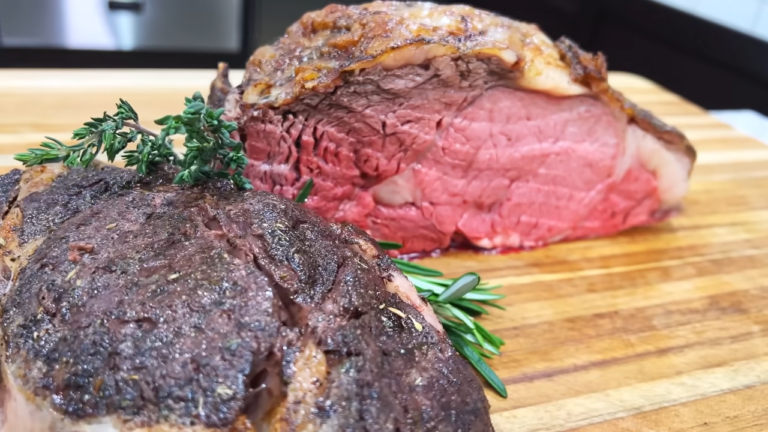George Stewart
Hi, I'm George Stewart. I'm 47 years old and a father of two who loves BBQ and French cuisine. On this blog, I share my cooking experiences and favorite recipes. Whether you're into grilling or gourmet dining, I hope you find something here that inspires your next meal. Welcome and enjoy!
